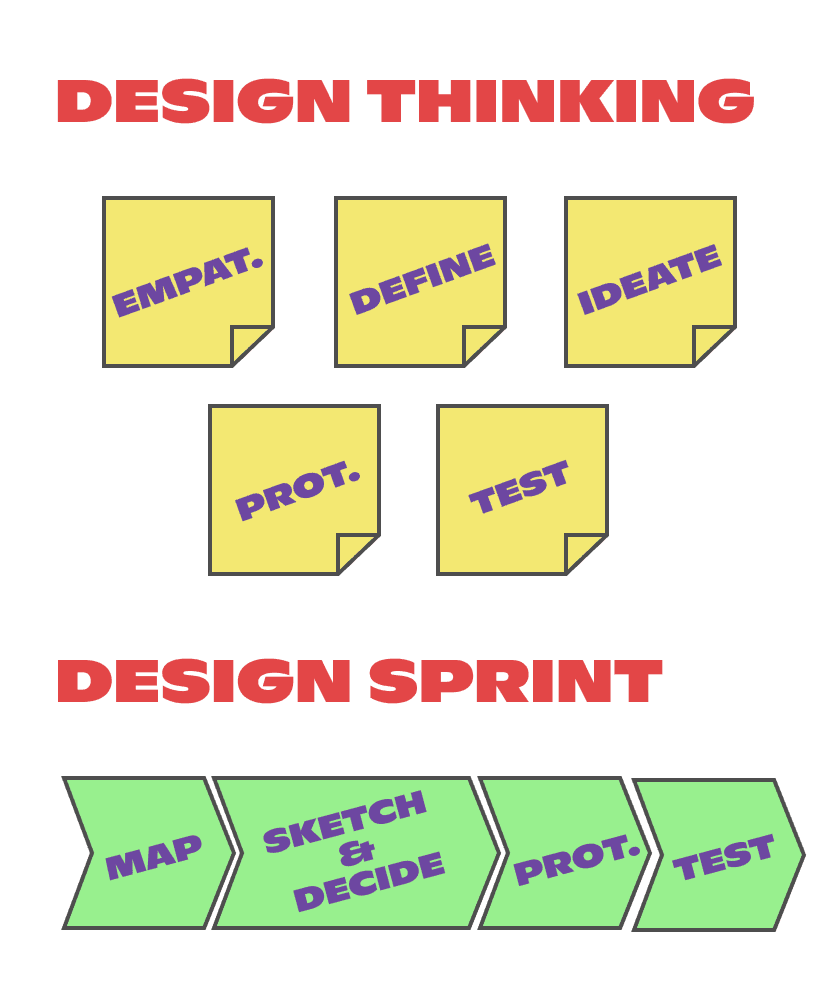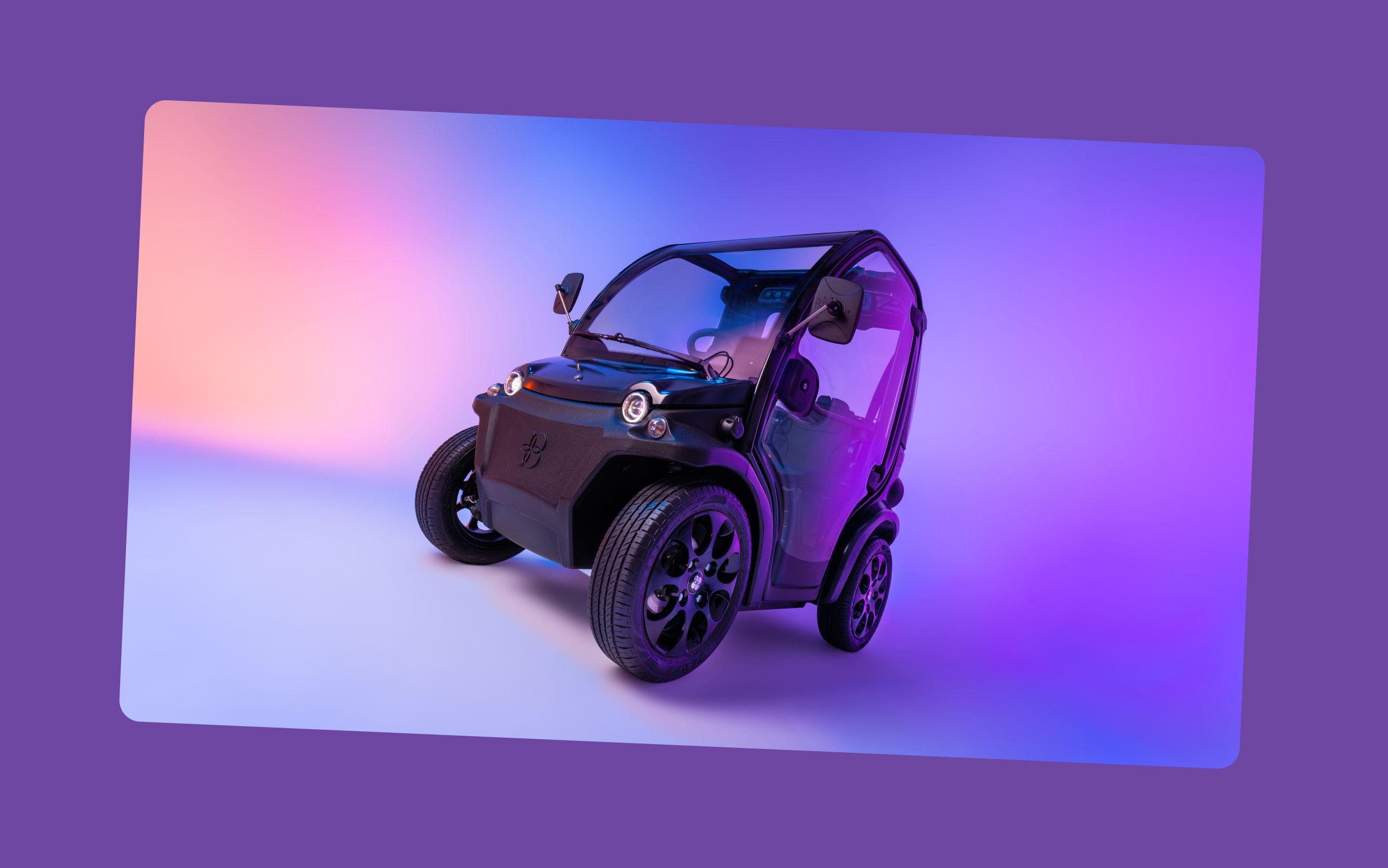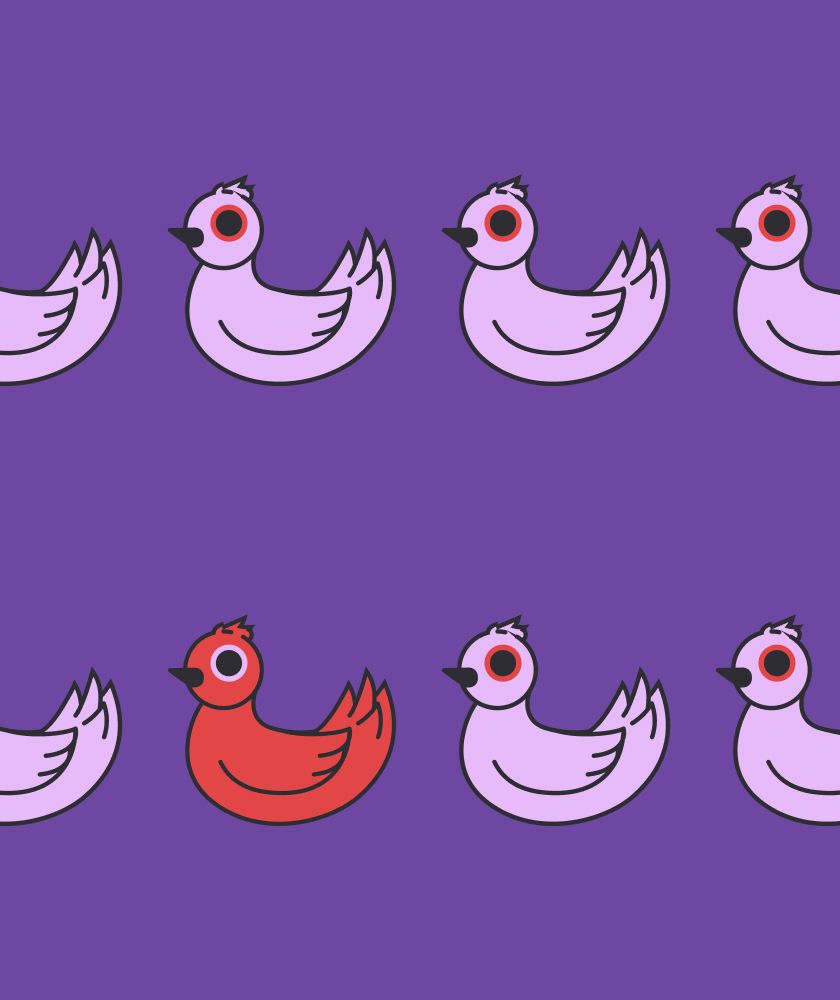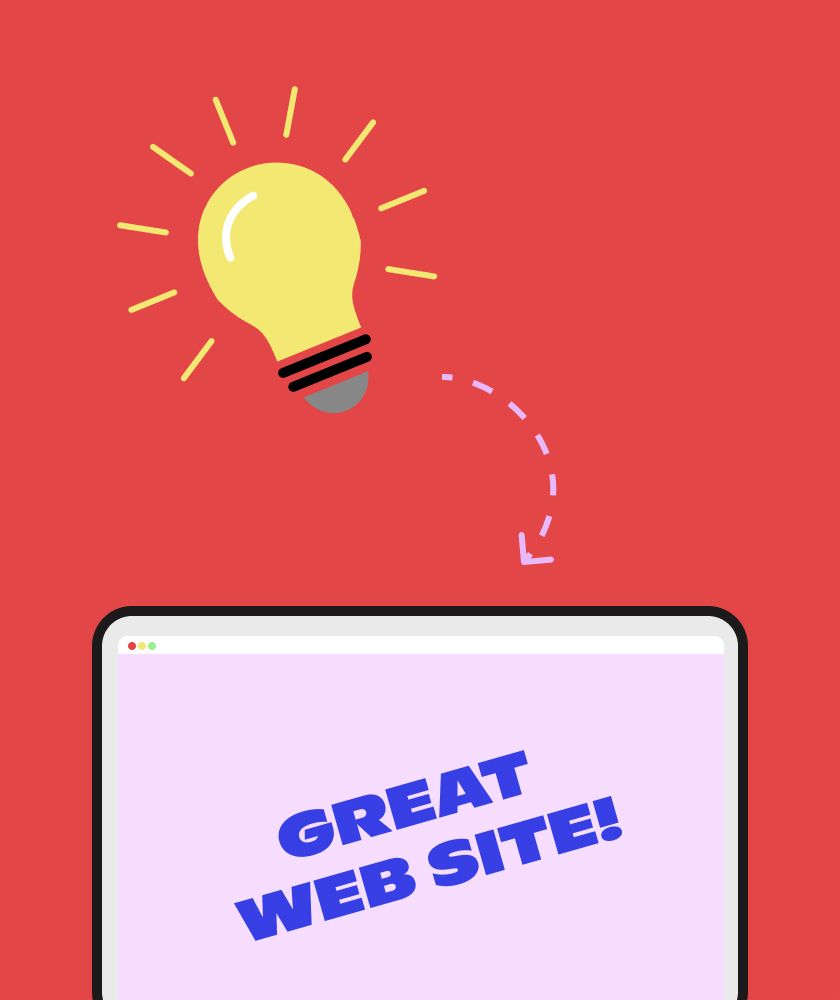Participatory design is an approach that can enrich and innovate the user experience. Find out what it consists of and why it is important.

Participatory design is a collaborative approach to design that involves all stakeholders in a service, both those who provide it and those who use it. The process enables companies to address and overcome challenges, identify solutions, and develop prototypes with the involvement of real users.
The method is based on customized workshops, which become strategic opportunities when the involvement of many stakeholders with different skills, knowledge and operational levels is required. Stakeholders collaborate and integrate the information available to them to define concrete actions for the next stages of development. Joint participation allows for the creation of harmony among the various competencies, orienting them toward a single goal. The value of the workshop lies in its creative and participatory nature, which allows different stakeholders to feel that they are an integral part of the proposed solution.
Bases and principles of our participatory design
Our approach to participatory design is inspired by the methodologies of design thinking and design sprint, of which we have made our own techniques and tools that we model and customize from time to time in order to get the answers we are looking for and, why not, open up to new scenarios never before considered.
Our 3 principles of co-design are:
- User centered design: at each stage of the process we put users' needs and wants at the center in order to map their desires and maximize the usability of the product/service, reducing time and errors
- Sprint execution: we create agendas of activities studied in detail in order to implement and test real prototypes to observe users' interaction experiences and improve usability.
- Creative problem solving: we support creative thinking and the search for innovative solutions by working through divergent idea generation activities, without limitations, and then moving on to a convergent phase of defining the dominant solution that can truly meet user needs.

Phases and tools: the Birò example

FIRST BIRÒ: THE APPLICATION OF THE METHOD
A project exemplifying for us the application of the method in question is Estrima Birò: a reality with which we have been collaborating since 2020 for rebranding, social media management, marketing and seo campaigns and activities.
Estrima Birò is an automotive company that makes alternative green mobility its credo. Birò is the world's smallest electric four-wheeler that makes life easier for drivers. It is a franchise company in Europe with offices in Italy, France and the Netherlands, a country where the Birò, which has been present since 2013, has become the metonym for electric minicar.
Birò's request was the creation of a multicountry and multilingual site that would enhance the offer and brand, and unite the different business needs of the branches that are part of the group. This was an interesting challenge for us to take on as it required not only interfacing with interlocutors from different parts of Europe, but more importantly it required making a clean slate of all the concepts and pre-concepts accumulated over the years of collaboration.
Our approach to the programmatic project is divided into:
* Analysis as is preparatory
* Definition of objectives and activities
* Co-design workshop days
* Processing of results, prototyping and testing
But let's follow our design steps.
Phase 1: Preparatory analysis
Preparatory analysis is the foundation on which to base the definition of the activities to be proposed at the co-design tables.
In this phase, a preliminary analysis of the client's current state and competitive arena is conducted in order to understand the context in which the project will be developed. This accurate requirements analysis phase is essential to achieve the set goals, maintain established boundaries, and maximize opportunities. Understanding the needs of the target audience, the product, the context and the competitiveness of the market are critical factors at this stage because it is only through careful evaluation of these factors that the specific needs of the user and their requirements can be identified.
For Birò therefore, the first step focused on analyzing similarities and differences among the various branches; we analyzed the websites, tone of voice, communication messages, user interfaces, and graphic brand communication. Many differences emerged, not only in terms of graphics and communication, but especially with regard to product and service offerings, which differ markedly from country to country.

Asking further questions is just a natural and indispensable step to really get answers: how much do branches know about each other? What ideas and values do managers share about the product and brand? Will there be a shared vision? Or are the business goals different? What are the elements of diversity that define the countries?
The search for answers around these issues must become the focus around which to decide the organization of days, the definition of tools and activities.
The first practical step? The definition of a questionnaire to be submitted to participants in order to cross-reference the results, define common and non-common areas, to gain insights and additional keys to implement a solid action plan.

Phase 2: Defining goals and activities
Next, we move on to defining goals and activities. It is important to decide in advance what needs to be explored during the workshops, who the participants will be, which sessions and the agenda of activities. Through questionnaires we were able to learn that the expectations and needs of the branches were clearly different. Therefore, we proposed activities that would bring the participants into dialogue and listen to each other about their different visions, needs, singularities, and experiences with respect to seniority and country affiliations. The result was as hoped: not only did we bring home project results, but we helped bring about clarity and a common vision.
The objectives in practice:
- define and map the needs of the various branches
- identify common sections between corporate and branches and unambiguous needs
- define the information and functional architecture of the project
Phase 3: Workshop days
During the workshop days, various activities can be used to obtain useful information and create solutions. Some of the common activities include focus groups, journey maps, user personas, swot analysis, 4-step sketches, card sorting, and a host of other exercises that need to be selected from time to time and sometimes customized for individual project needs.
Thanks to the proposed activities we understood much more deeply the eclectic nature of the product itself and how it will have to be well communicated to different targets, going to touch different strings for each one; we understood that the needs of the branches were not only dictated by seniority, but the different visions on the targets and objectives of the project were defined by demographic, economic and geographic differences and therefore to the singularities of the micro-mobility not only of the individual countries but of the individual cities in which Birò is present; it was realized that if at the web level the product narrative strand and the brand narrative strand had always traveled on two separate tracks, it was time to create a single track in order to combine not only technical but also experiential needs.
Some of the activities brought to the tables were:
- target and goal setting and the joining of the two elements
- identification of opportunities through the "how might we..." exercise
- touchpoint mapping of the user experience
- sketching
- cardsorting

Phase 4: elaboration, prototyping and testing
At the end of the working sessions, it is necessary to proceed with the elaboration, prototyping and testing of the identified solutions in order to ensure the feasibility and effectiveness of the project. This phase allows us to understand whether the developed solution is able to meet the customers' needs and solve the initial problem.
Thanks to the sketching and card-sorting activities implemented during the workshops, we had the opportunity to make the participants visualize what, up to that point, had only been abstract ideas or concepts that were difficult to use and concretize.
These are very useful tools to ground, together with the users, features and interactions and to be able to understand together what the focus of future strategies should be and what the right channels to exploit should be.
Taking in hand all the sketches and notions accumulated in two days of shared work, we were able to process data and information in order to be able to structure a navigational sitemap as intuitive as possible and inclusive of the answers to the needs brought out by the participants.
The next step will be the drafting of the first prototyped wireframes and now... all we have to do is test!

The benefits of participatory design
Choosing to approach a project, or a specific part of a project, through collaborative design is a decision that leads to a greater internal awareness of the entire system within which the project fits and thus to an innovative enrichment that comes from active collaboration and not from passive listening.
For the company, the benefits of this method are numerous: problems and challenges are approached according to new and different points of view, which leads to a better quality of outputs and decisions made; the involvement of different figures inside and outside the company organization allows an open confrontation that leads to stimulating creativity and innovation processes; and finally, digital project costs are reduced thanks to an approach that optimizes project time in that initial exploratory phase, managing to narrow down months of work into a few days.
Co-design ultimately makes it possible to be able to move from idea to concrete product quickly, effectively and all-encompassing, and it is the right way to go when you are looking for answers to a changing situation.


